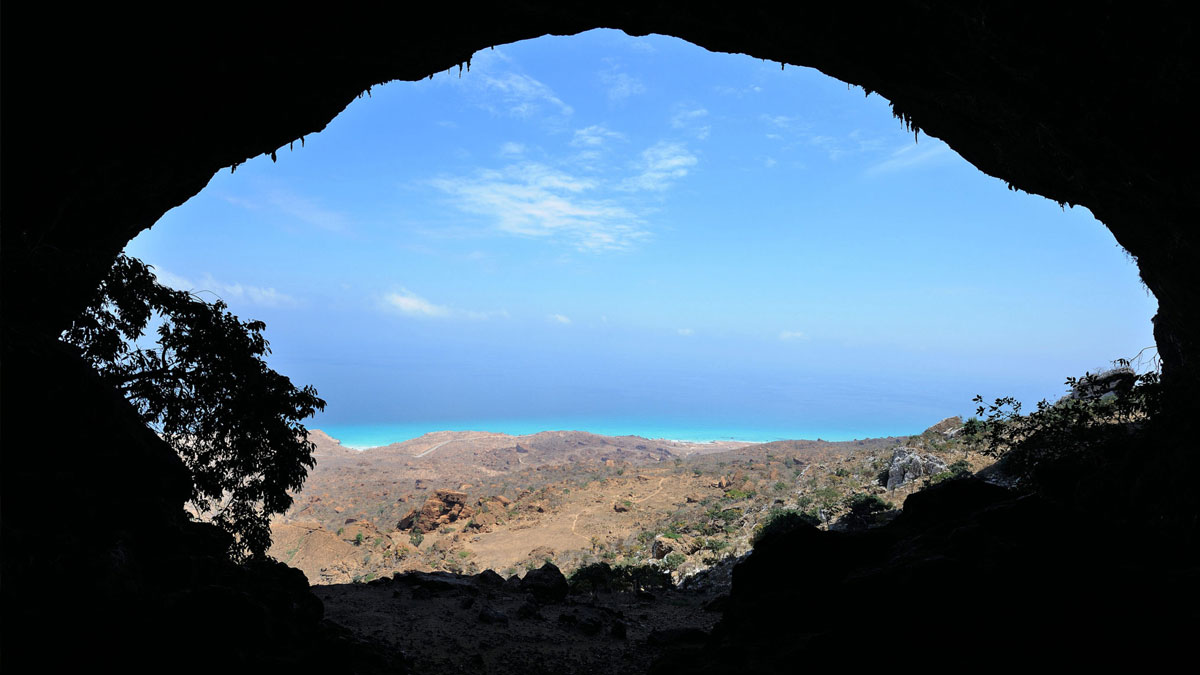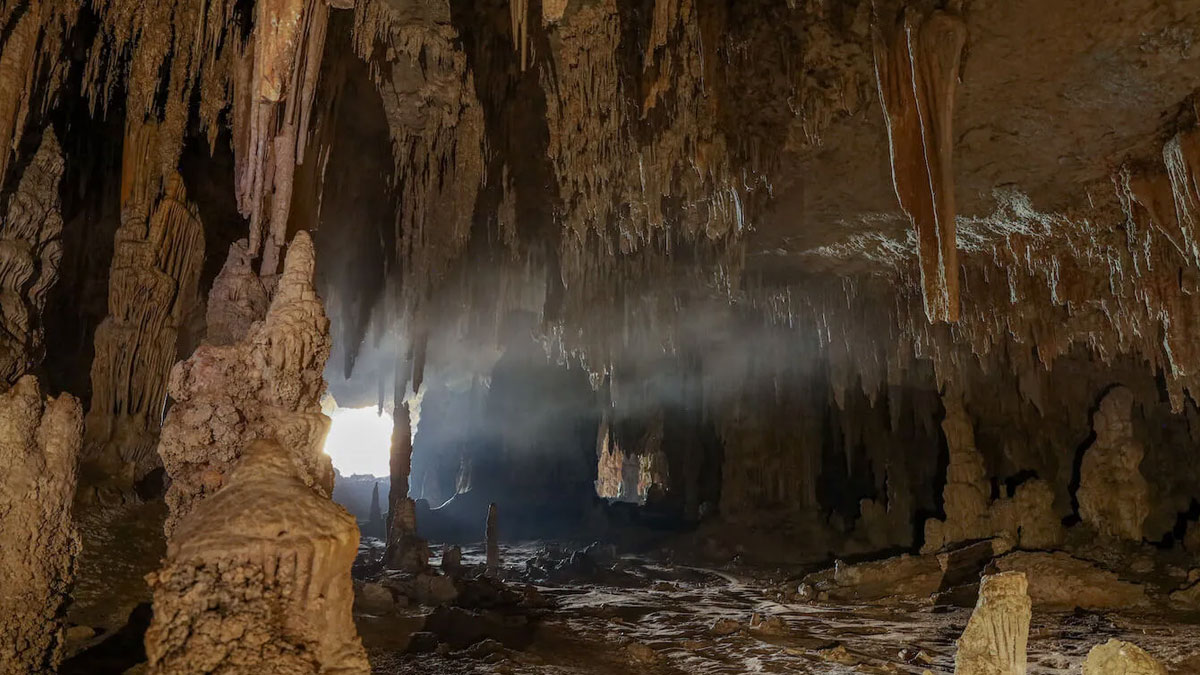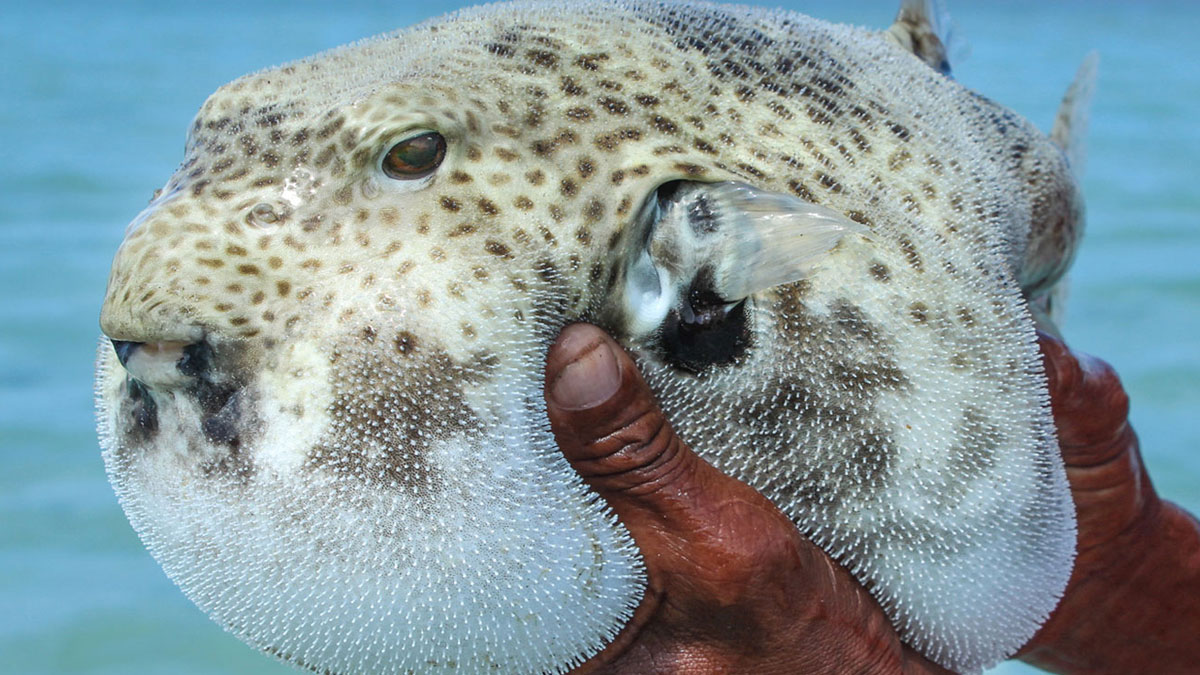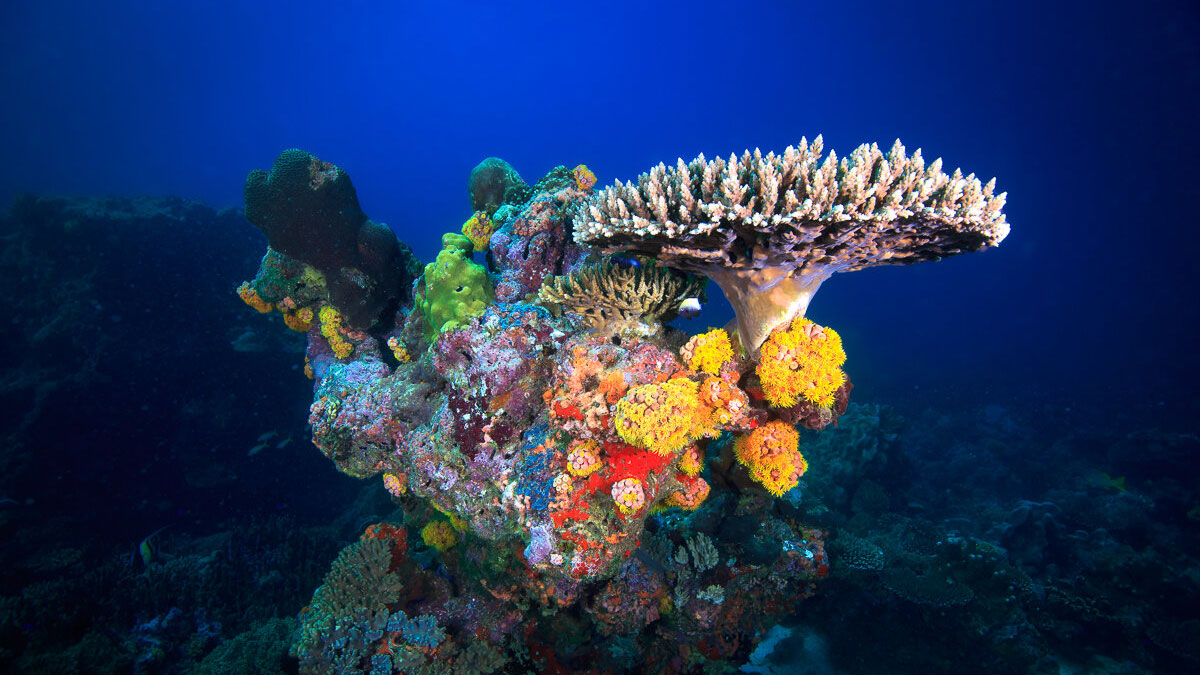Discovering Hoq Cave’s Geological Mysteries
Hoq Cave, located on the mystic Socotra Island, is a geological marvel that showcases an impressive chronology of natural history. Estimated to be millions of years old, the cave was formed through gradual processes involving the dissolution of limestone by acidic water. This extended timeline has allowed the cave to develop its stunning internal architecture.
Traversing deeper into Hoq Cave, visitors encounter a variety of unique rock formations created by mineral deposits. These formations include flowstones, helictites, and curtains that glisten with a surreal beauty under the beam of a flashlight. Among the central attractions are the intricate stalactites and stalagmites. These natural sculptures, some of which stretch over meters, have formed through millennia of mineral-rich water percolating through the caves and slowly depositing calcite.

Biological Diversity in Hoq Cave
Hoq Cave is not merely a geological spectacle; it also shelters a unique assemblage of life forms. Endemic species have adapted to this light-deprived, nutrient-scarce environment in extraordinary ways. Among the inhabitants are specialized insects and arthropods whose pale, blind forms have evolved to thrive in complete darkness.
These organisms exhibit fascinating adaptations, such as elongated appendages to sense their environment and chemosensory capabilities to find food. The evolution of these species epitomizes the adaptability of life in isolated ecosystems. Conservation efforts within the cave focus on preserving these endemic species and their habitat, often threatened by human intrusion and the changing external environment.
Cultural Significance of Hoq Cave
Hoq Cave extends its allure beyond natural wonders to also embody cultural and historical significance. The cave harbors ancient artifacts, including shards of pottery and primitive tools that speak of early human activity on Socotra Island.
Local legends further enrich the cultural tapestry of Hoq Cave. According to folklore, the cave was once a shelter and a site of ritual significance, where early inhabitants performed ceremonies to appease deities and spirits. These legends contribute to the cave’s mystical aura and underline its importance in the collective memory of the local community.
Evidence of ancient human activities, like carvings and inscriptions on the walls, offer a glimpse into the lives of past civilizations that sought refuge within the cave. These historical markers reveal the cave’s role as a sanctuary and a cultural hub through the ages.
Tourist Attractions and Exploration
Today, Hoq Cave is one of Socotra’s major tourist attractions, drawing enthusiasts of geology, biology, and history. Guided tours make the cave accessible to a broad audience while ensuring the preservation of its delicate ecosystem. These tours often highlight the cave’s most visually compelling sections, offering tourists a chance to witness the breathtaking stalactites, stalagmites, and other rock formations.
Photography aficionados find the cave particularly appealing, with numerous spots perfect for capturing the essence of this underground wonderland. However, safety measures are strictly enforced to protect both the visitors and the integrity of the cave.
The Conservation and Tourism Impact
Managing the balance between conservation and tourism is a critical challenge for Hoq Cave. Sustainable tourism practices are essential to minimize environmental impacts while still allowing people to experience the cave’s wonders. This includes limiting visitor numbers, enforcing strict guidelines on waste disposal, and ensuring that tours are conducted by knowledgeable guides who stress the importance of preservation.
The environmental impacts of increased tourism, such as potential damage to rock formations and disruption to endemic species, underscore the necessity for rigorous preservation efforts. By implementing measures such as restricted access zones and ongoing scientific research, efforts are being made to safeguard the cave’s natural and historical treasures for future generations.
In conclusion, Hoq Cave on Socotra Island is a fascinating blend of geological, biological, and cultural riches that deserves both admiration and protection. Through sustainable practices and a commitment to conservation, it is possible to preserve this hidden wonder while allowing people from around the world to marvel at its splendor.




